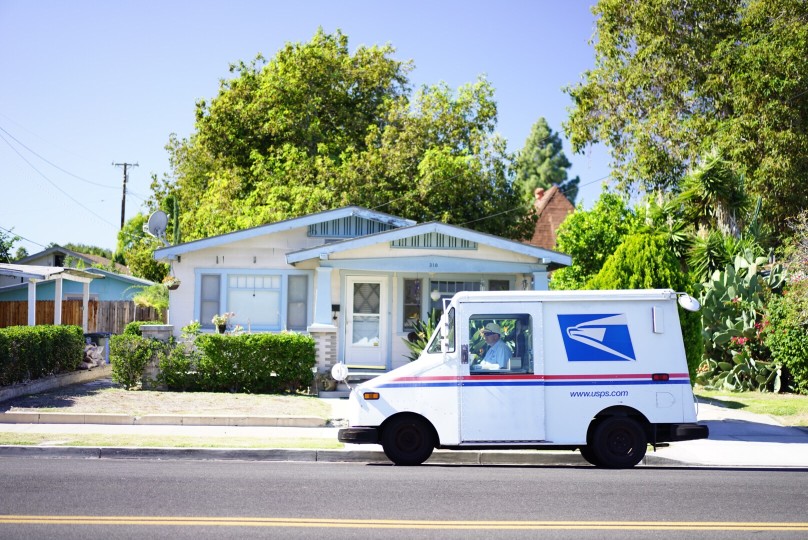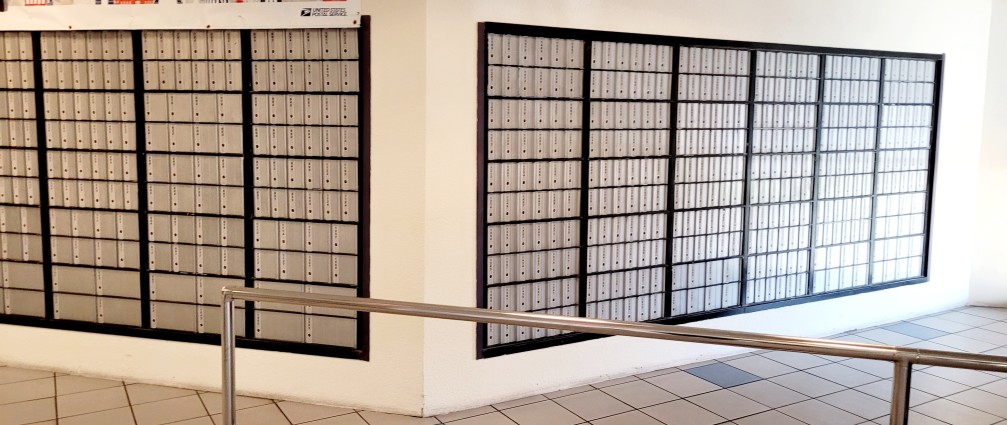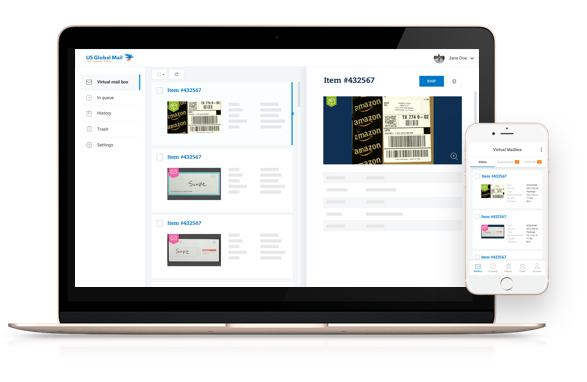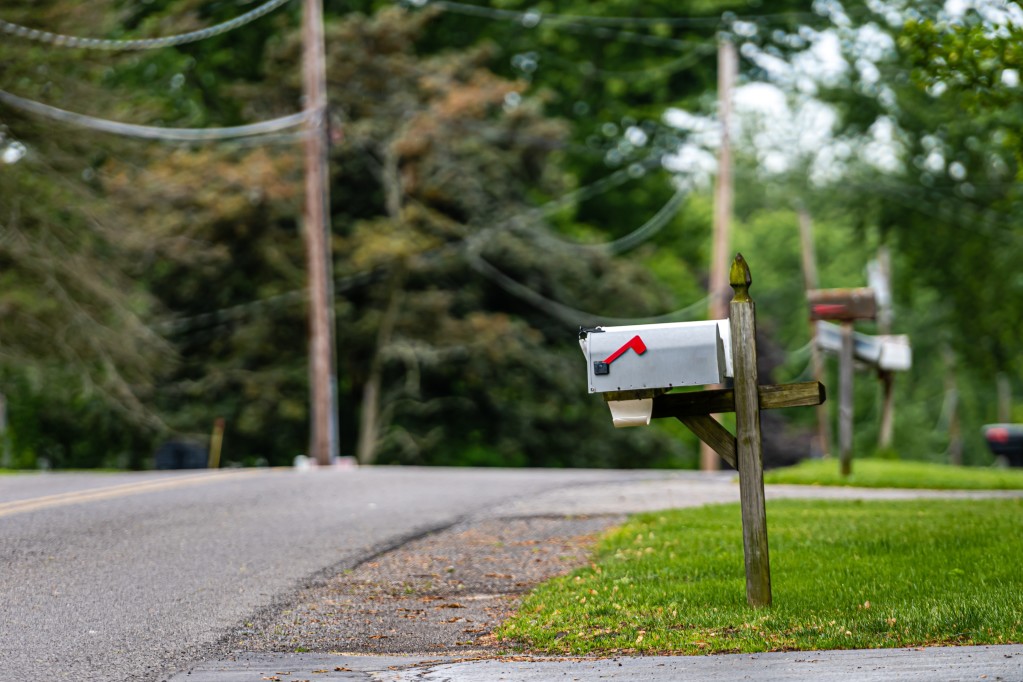So you may be wondering why your packages aren’t landing on your doorstep. We should begin by establishing the difference between a residential address and a mailing address. Most of the time, these terms are interchangeable – but not 100% of the time. In some circumstances, putting down your residential address will practically guarantee that your mail, packages, and parcels never arrive – not just arrive slowly, but never actually show up at all.
Even though the USPS has gone through extreme lengths throughout our nation’s history to make it about as easy as imaginable to drop a letter in the mail and get it to its ultimate destination, there are still some idiosyncrasies and “hiccups” in the system that need to be navigated from time to time.
This is why it’s so important to understand the key differences between a residential address and mailing address, when to use either one of them, and how to minimize any issues that using the wrong address can bring to the table. Below we cover all of those bases but also go the next step further and give you a solution that completely eliminates having to worry about whether you’re using your residential address or your mailing address ever again. Let’s get into it!

What is a Residential Address?
In the simplest of terms, your residential address is basically the address where your residence – your street address, the address you would give friends and family members that are hoping to visit you. This is the address you would punch into your GPS unit. It’s the address you will look up on a map. And it’s the address that you probably have out of your mailbox, down by the road, or out near your front door.
When someone asks what’s your address, the odds are very good that you are going to respond with your residential address, too! Your mailing address, on the other hand, may not necessarily be that same address – and for millions of Americans, this is something they have to get used to.
What is the difference between residential and physical address?
A residential address is a physical address, but a physical address is not necessarily a residential address. Examples of physical addresses that are not residential would be a virtual mailing address.
How Living in A Rural Area Might Impact Your Ability To Get Mail Delivered
The overwhelming majority of situations where you need to make a distinction between a residential address and a mailing address comes down to whether or not the USPS will deliver mail to your home or not. As we highlighted a moment ago, for the overwhelming majority of Americans their residential address is going to be exactly the same as their mailing address – keeping things really neat, really clean, and really consistent.
For some, however, that’s not the case – and it’s because the USPS won’t bring mail to your door for one reason or another. Some Americans are going to discover that their local post office isn’t staffed enough to do full rural delivery, recommending that people living in that town or community instead go with a PO Box (usually offered at a discount rate) to collect their mail.
Mailing addresses in rural communities may not be attached to a residential address at all, but instead a central mail pickup location (maybe at the end of the road for all the neighbors on that street), a PO Box, or a mailbox service. You use this address when you want to have something sent to you (or use it as your return address) while using your residential address to help people triangulate where you are located physically. This distinction is a huge piece of the puzzle in making sure that your mail always ends up going where you want it to go!
How Living in A New Build Might Impact Your Ability To Get Deliveries
Some Americans also discover (especially when they build new homes) that the USPS simply doesn’t have a record of their residential address in their mailing database, and therefore no ability to get your mail to your house to begin with.
At the end of the day, you’ll usually be able to clear this question up with a simple phone call to your local post office. Just ask them why you can have mail delivered to your residential address and they’ll give you the exact reason as well as some helpful information to alleviate this problem going forward.

Why is My Residential Address Missing from the USPS System?
There’s nothing worse than feeling like you are stuck in a mail and package black hole simply because the USPS doesn’t recognize your residential address as your mailing address – and may not even have that information in their database at all. Sadly, hundreds of thousands of Americans all across the United States have to deal with this headache and hassle each and every year. Sure, the USPS does a bang up job about making sure that their address database is as up-to-date as possible. But with literally hundreds of millions of addresses to manage it’s no wonder that some inevitably fall through the cracks – especially addresses of homes that are brand-new, recently built, or established on newly developed/renamed roads and streets.
Luckily for you, though, getting your address added into the USPS database – and potentially making sure that your residential and mailing addresses are now the same – is a pretty simple and straightforward process. What you’ll want to do is contact your local post office directly (during normal business hours) and see if they can help you with address validation. You’ll have to go down to the post office, meet with a postal employee, and then provide them with your information. They’ll take that info, run through the USPS mailing address database, and try to find your entry to see why it isn’t complete or totally correct. From there, they’ll pass that information through the database to be uploaded at every post office facility the next time there is a systemwide update. These kinds of updates happen with some real frequency, so it should not take long for your mail to start arriving at your residential address if all it needed was a bit of validation.
If, on the other hand, you have a brand-new home on a brand-new street or road then chances are you may have to ask them to add all of your information into the database themselves. They may be able to do so, though they may also have to check with local agents and authorities to confirm the validity of the information and to make sure that other mailing details (like that specific area code, for example) are correct as well.
All in all, if you are having trouble with the USPS finding your address in the system you may only have to reach out to them directly to clear things up without a lot of issues. Sometimes, though, you won’t be able to use your residential address to have mail delivered for any reason whatsoever – and then you have to take different approaches.
What is an RDI and Do I Need One?
A Residential Delivery Indicator (RDI) – or lack thereof – may be the reason that you aren’t getting mail delivered to your address, too. While the differentiation between a residential address and a commercial address seems pretty inconsequential to “normal folks,” to the USPS and other shipping companies like FedEx, UPS, DHL and more, it is hugely important. A lot of these companies charge different rates for packages and parcels to be delivered to commercial addresses compared to residential addresses, with fees for residential addresses usually being a little bit higher.
If your home used to be located at a commercial address (was a business before it became a residence) that it may still have that CDI (Commercial Delivery Indicator) in the system – and that’s why your mail is having a tough time finding its way to you. This is another thing that you’ll want to clear with the post office directly. You’ll want to reach out to them, see how they can help you remedy the situation, and see how you can get your residence confirmed with an RDI instead of a CDI.

Do I Need a PO Box?
If you live in an area where home delivery isn’t feasible (like a rural area or not enough resources to get mail delivered to every address in the vicinity in a timely and consistent manner), it’s not a bad idea to consider getting a PO Box. Getting a PO Box may be something that the USPS recommends you do flat out, too. If the post office isn’t able to offer home delivery and requires you to get a PO Box they almost always offer these boxes and services at a significantly discounted rate.
They recognize that it isn’t fair to force people in rural areas to pay for a PO Box just because the USPS doesn’t have the resources to do home delivery, and make it a much more affordable option than it might have been otherwise. Of course, there are other reasons and benefits to taking advantage of PO Box services – or more modern mailbox services like US Global Mail, for example.
Will Other Shipping Companies Not Deliver to My Residential Address, Either?
Outside of the USPS, you usually won’t run into shipping companies that aren’t willing to deliver to a residential address, provided that it actually shows up on a map and is easily found with their GPS/delivery tools. If your home address can be found in your phone when you’re using your favorite GPS navigation tool, then the odds are pretty good that third-party shipping companies are going to be able to bring your packages directly to your door. If, on the other hand, your home address is hard to find or nonexistent in these kinds of systems (especially true when street names change, roads are rebuilt, or new homes are constructed) then you might have a bit of a headache getting any company to deliver packages, parcels, and envelopes directly to your residential address, too.

Eliminate Modern Mailing Headaches with a US Global Mail Account
Luckily, though, you can eliminate a lot of those issues stemming from the confusion between residential addresses and mailing addresses just by creating an account with a company like US Global Mail. US Global has a 20 year history of providing their clients with secure, safe, and modernized mailbox solutions.
Instead of having to worry about a residential address or a mailing address (or using a PO Box number) US Global Mail provides their clients with a real street address that has all of their mail, all of their packages, and all of their parcels routed to – no matter where they may live physically! As soon as mail arrives a digital notification is sent to your phone or your email (as well as your US Global Mail dashboard) letting you know that something has arrived but also showing you a picture/scan of that item, package, parcel, or envelope as well.
This gives you a lot more information and a lot more control over your mailbox than anything through the USPS ever could. On top of that, though, you can also have your mail completely digitized (safely and securely, keeping your personal and private information away from prying eyes) or forwarded to any address on the planet – with up to 80% off traditional shipping rates, too.
Combine that with check depositing features, package acceptance features, and a number of other conveniences you won’t find anywhere else and it’s not hard to see why so many people choose US Global Mail when they want to modernize their whole mailbox experience.
For more information about how US Global Mail can help, or four detailed breakdowns of all the services that they provide, don’t hesitate to visit their website today. You can also reach out to customer service directly (at your convenience) to have any specific questions answered before you choose to sign up, too.
Follow US Global Mail on LinkedIn for the latest news and updates!







